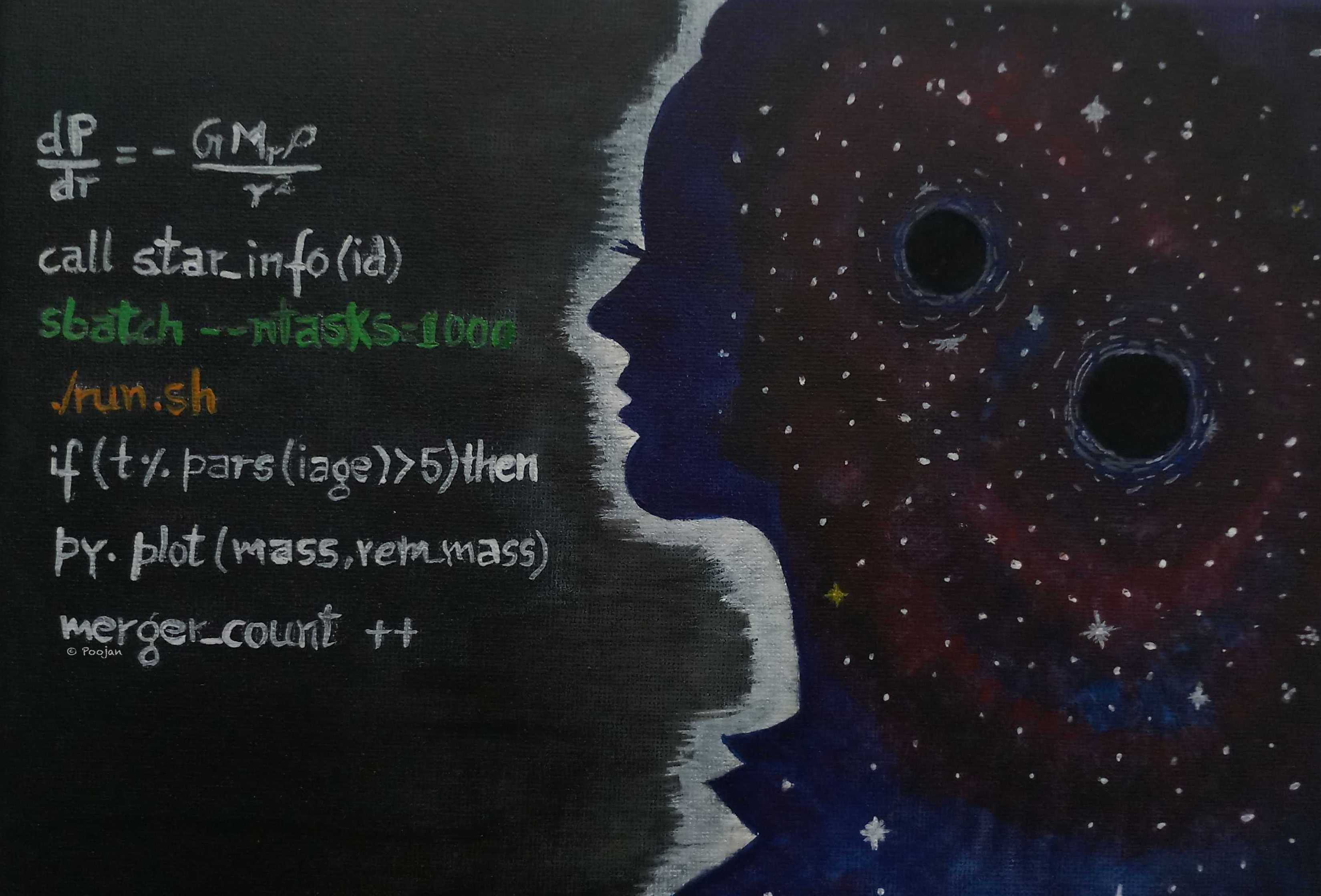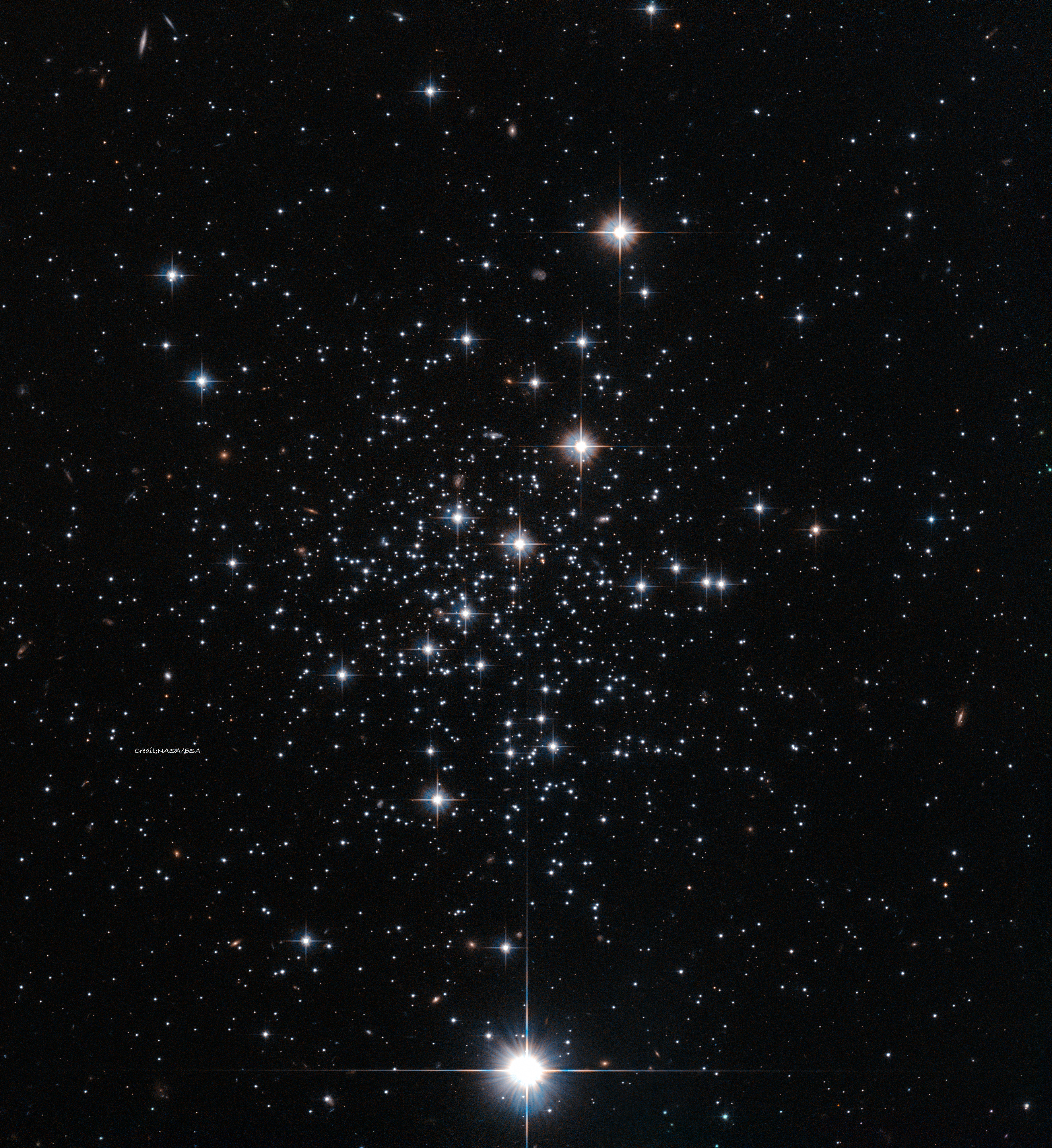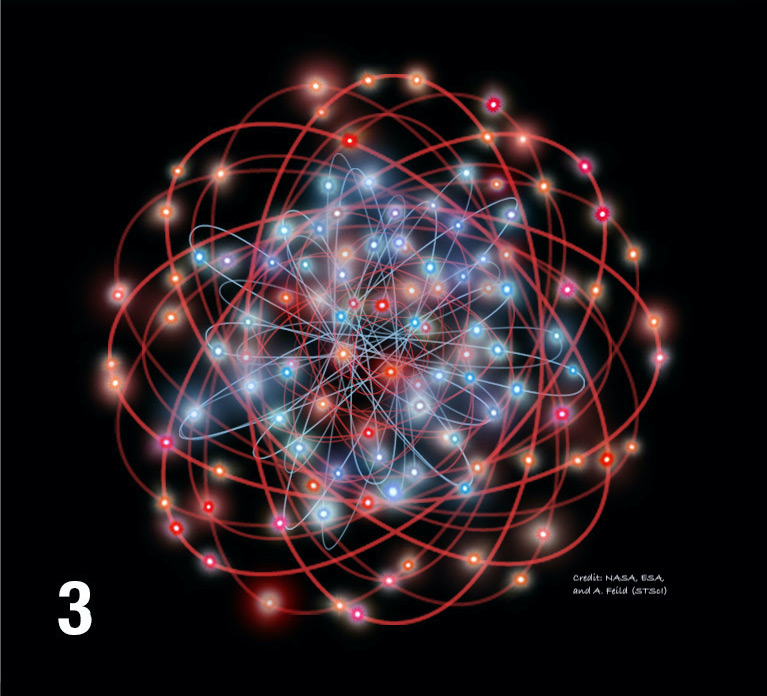"I know nothing with any certainity but the sight of stars makes me dream"
- Vincent Van Gogh

My research focuses on examining the role of individual stars in the evolution of stellar systems. I make use of different modelling techniques to study how uncertainties in stellar evolution affect the properties of their populations. Some of my research activities are detailed below.
METhod of Interpolation for Single Star Evolution
In the last few decades, our ability to resolve the cosmos has grown by leaps and bounds. While this has helped us better understand the universe, it has also raised more questions. For example, the discovery of multiple stellar populations in globular clusters or the detection of an intermediate-mass (150 solar masses) black hole through gravitational waves. Addressing such questions requires making use of our most up-to-date knowledge of stellar evolution in modelling interacting systems of stars. Therefore, I have developed a new tool, METhod of Interpolation for Single Star Evolution or ‘METISSE’, which uses interpolation to quickly calculate the lives of many stars. It makes use of the stellar models computed with 1-D codes like MESA to estimate the parameters of a star using those of neighbouring mass stars with similar properties.
METISSE is available on Github while the documentation is hosted on ReadtheDocs.
The article describing METISSE and its capabilities has been published in the Monthy Notices of the Royal Astronomical Society and can be accessed on arXiv. The publication was also covered by a number of media aricles, including the beautifully written article by Dan Lambeth for Space Australia as well as this release from OzGrav.

Modelling lives of massive stars
Stars tens to hundreds of times the mass of the sun can play a critical role in the evolution of galaxies and star clusters. Such massive stars modify the composition of their surroundings through energetic winds. Their remnants, neutron stars and black holes, are responsible for exotic phenomena such as supernovae and gamma-ray bursts. However, these stars are rare (only one star of 10 solar masses is born for every 1000 sun-like stars in the same volume of space) and have short lives (a few million years for a 10 solar mass star compared to billions of years for a sun-like star).
For my research, I am investigating how massive stars evolve. I simulate their evolution using the 1-D stellar structure and evolution code MESA. I am also involved in the BoOST project, which uses another stellar evolution code known as the Bonn Code. Using these codes, I am trying to find answers to the questions such as: how much mass can massive stars lose in the form of stellar winds, how do mixing processes in the stellar interior affect their lives, what can we say about rotation and magnetic fields of these stars?
Read about how different models of massive stars can be, in my recent paper "Explaining the differences in massive star models from various simulations", available on arXiv.

Modelling stellar interactions
Our Sun and most other stars in the galaxies are too distant to interact with their neighbouring stars. However, stars which are born with a companion, such as in a binary system can considerably influence each other's evolution. They can exchange mass with one another thereby altering the lives of both stars in the system. Stars in high-density environments such as star clusters and galactic nuclei can further interact gravitationally. Such interaction can alter the dynamics of the system, leading to both formation and disruption of stellar multiples through many-body interactions.
To explain present-day observations of stellar populations, one needs to model large systems of stars while also accounting for different interactions between them. However, simulating stellar interactions for tens of thousands of stars requires a lot of computational resources. The design of METISSE and the use of interpolation in it gives it an edge, as it can quickly calculate stellar lives and make use of different sets of stellar models to predict the properties of stellar populations. This is especially important for explaining the observations of stellar systems containing massive stars. An example is gravitational wave emission from the merger of binary systems of neutron stars and black holes, the end states of massive stars. Using METISSE, we can combine our knowledge of massive stars with codes that can simulate binary mergers, to predict the properties of gravitational waves.
I have integrated METISSE with the binary stellar evolution code BSE and binary population synthesis code COSMIC to make predictions for gravitational wave events. This allows us to use METISSE in the globular cluster modelling codes such as NBODY6 and CMC.
I have also been a part of the team COMPAS, a rapid binary population synthesis code designed to study gravitational wave sources.
